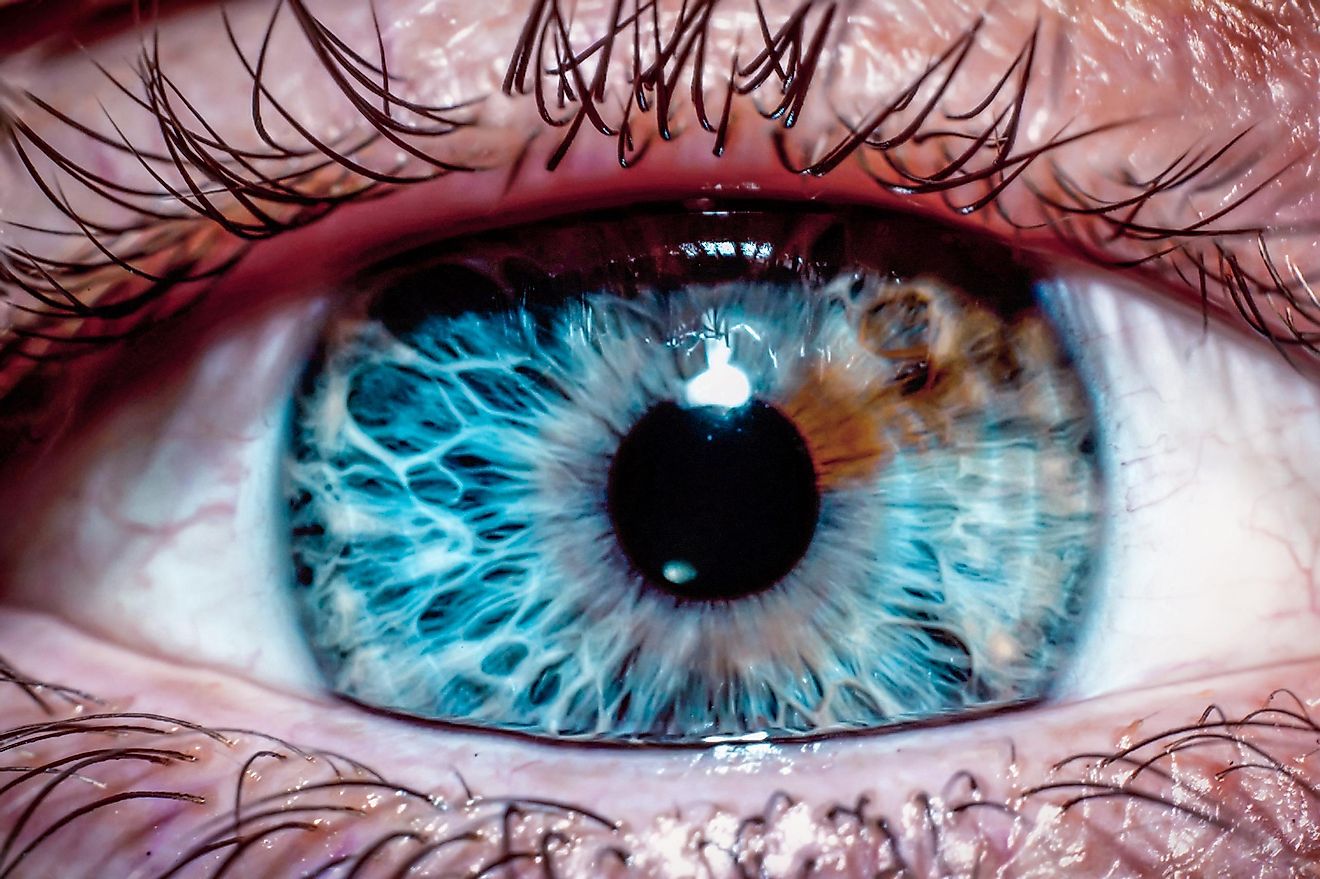Winter Olympic Games: Freestyle Skiing

Freestyle skiing has been included in the list of Winter Olympic Games since 1992 when it was first contested in Albertville in France. The International Ski Federation retains the mandate to govern the sport along with such winter disciplines as snowboarding, ski jumping, and Alpine skiing. The Federation chose to recognize the freestyle skiing discipline to regulate what they considered to be a dangerous sport, and to deter people from crafting more dangerous elements and tricks.
History of Freestyle Skiing
Records exist of individuals practicing somersaults at Norwegian, Italian, and Austrian ski hills in the early 20th century. Skiers in the US began to do spins and flips in the 1920s, and by the 1930s, stunt skiing had begun to take shape. Freedom of change and social shifts in addition to technological development in ski equipment encouraged the creation of new and acrobatic skiing techniques. Norwegian Stein Eriksen is among the most notable skiers who exhibited these acrobatic techniques. Eriksen has been the recipient of two medals in the category of alpine skiing during the 1952 Olympics. Spectators parted with $1,000 to watch Eriksen perform in a single show. An event dubbed Ski Masters was organized in January 1996 in Attitash in New Hampshire where skiers, in addition to performing predetermined techniques, performed freestyle maneuvers. Freestyle skiing attracted more and more enthusiasts in the ensuing years and skiers adopted stylish techniques and air time. This showmanship was dubbed hot dog skiing.
Freestyle Skiing and the Winter Olympic Games
Freestyle skiing made its Olympic debut in the 1988 games in Calgary as a demonstration sport. Ballet, aerials, and moguls were unofficially contested and they were regarded more as entertainment than as sport. Moguls was granted official status in 1992 when it was included as a medal discipline in the games organized at Albertville. Ballet and aerials were demonstration disciplines until 1994 when aerials were officially included, while ballet was dropped in the games performed in Lillehammer, Norway.
Aerials, Moguls, and Ski Cross
A competitor in aerial glides down a fairly short hill and over one jump with a height of 40 to 50 ft. The skier will show off a variety of flips and twists before they land. Every trick is assigned a particular level of difficulty. Competitors are scored on takeoff, their form during the jump, height, and landing. The score is subsequently multiplied by the level of difficulty to determine the winner. Every skier contests in two jumps during qualifications. A mogul course features a steep hill complete with large mounds. The competitor will typically race down the hill, and he or she will select from about three or four lines. The mounds necessitate the skier to make swift direction changes with their lower body as their upper body faces straight down the hill. Two larger bumps are placed along the course, and they give a skier adequate lift to perform two jumps including spins, slips, or twists. Two "air" judges examine the tricks for height, form, and level of difficulty. Skiers participating in a ski cross will race down a course featuring obstacles, straight-aways, turns, and banking. Four skiers contest at a time and the event is thus fascinating and highly charged.
Top Nations
The US and Canada have each received eight gold medals in freestyle skiing in addition to seven silver medals each. Australia follows with three gold medals and a further two silver medals, with Belarus and Switzerland having three gold medals each. France and Norway each boast two gold medals.











